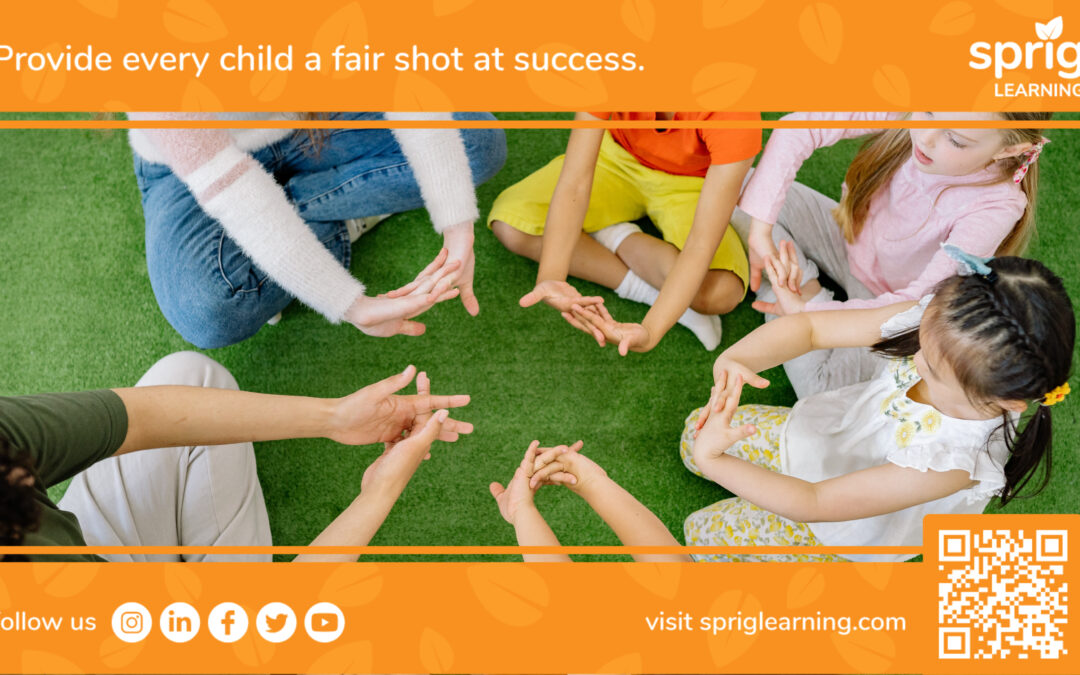Play-based learning is an approach to learning that maintains a child’s enjoyment of either free play or guided play while engaging with learning content.
Free play is purely initiated and driven by the student, while guided play has some degree of teacher involvement.
In early literacy, play-based learning is proven to have a significantly positive effect on narrative language ability and grammar.
Play-based learning with teacher guidance has been shown to raise phonemic awareness and phonics skills in kindergarteners.
There is plenty of evidence to suggest that when literacy materials and teacher involvement are added to play-based learning, language skills improve significantly.
With such a strong association between guided play-based learning and the advancement of early literacy skills, it’s worthwhile to explore the benefits of play-based learning, its examples and the extent of teacher involvement that constitute it.
Play-based learning is one approach to differentiate learning— something Sprig has covered in a previous article showing how differentiated learning supports all other forms of learning.
Indeed some children may display a greater preference for play.
But by itself, play-based learning as a strategy for the whole classroom is a great way to improve early literacy scores.
Play-based learning supports early literacy development in multiple ways.
Benefits of Play-based Learning. How it Supports Early Literacy.
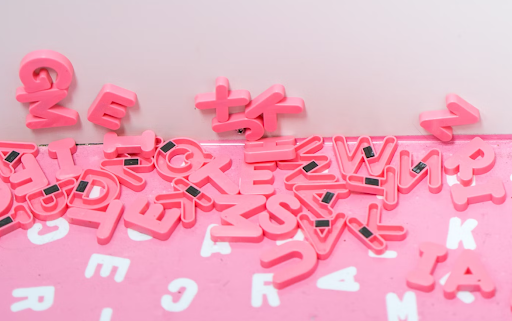
Directly Impacts Language and Reading Acquisition
Play-based learning enhances children’s literacy and language development. It allows children a chance to both learn and practice their newly acquired skills.
Children are able to connect oral and textual modes of communication as they learn about the structure and meaning of new words.
Drives Cognitive and Social Development which Moderates Language Development
Play-based learning engages all of early learners’ senses. It allows them to express their thoughts and feelings, investigate their surroundings, and make connections between what they already know and new information and abilities. Such cognition ability is helpful in learning how to read.
As early learners playfully express themselves to their classmates and teachers, they bring their language, traditions, and culture into the classroom. Such healthy social development aids reading ability.
Builds Learning Language Positivity
Just as there is a concept called positive identity as a math learner, the same concept carries over to language. A growth mindset is required to develop the confidence to improve reading skills.
Including play in learning activities fosters a love of learning languages in kids. Children are more likely to learn and explore new literacy topics when they appreciate their learning environment. Including play in the classroom improves memory and new information retention — important factors in learning how to read.
Provides Deep Understanding of the Required Components of Reading
Play-based learning evokes many other types of learning, such as inquiry-based learning, problem-solving, curiosity-based learning, etc. Working on all of these different types of learning is great for clarifying knowledge structures that ultimately lead to a deep understanding of language.
Decoding words and understanding language are crucial for reading comprehension. A deep understanding of both processes can be grasped by direction instruction and play-based practice.
Examples of Play-based Learning
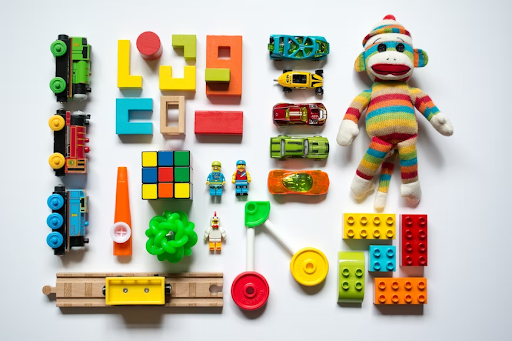
Examples of play-based learning need not be newly introduced to any early childhood or primary educator out there. They are so common in fact, that when listing them, one immediately recognizes their place in the classroom.
Role-playing, drawing, using playdough, blocks and puzzles for learning activities, dancing and singing, are all considered to be a part of play-based learning.
However, more so than just knowing these play-based activities, it’s important to understand how to engage in these activities. The next section describes what play-based learning looks like in action.
Characteristics of Guided Play. Continuum of Student-driven and Teacher-led Play-based Learning.
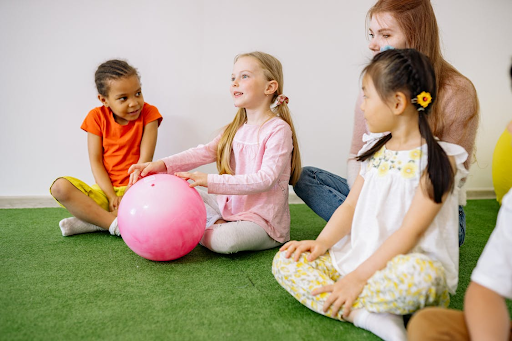
Guided play was distinguished from free play at the opening of this article, to demonstrate how effective play-based learning was when it had some level of involvement from the teacher, either as an organizer, observer or planner.
But guided play should include some free play inside its structure in order for it to be truly classified as play-based learning.
Dr. Angela Pyle, an early childhood education researcher from the University of Toronto says that guided play “starts with free play driven by the children and their imaginations, and ends with direct instruction, which is completely driven by the teacher.”
Guided play can be thought of as both student and teacher initiated.
A child can initiate play by starting to play with an object. The teacher can then use the opportunity to teach literacy skills such as building vocabulary around the items that the child is curious about.
But if the teacher creates centers in the classroom that are specifically made for play, then this whole process can be thought of as teacher initiated.
High-quality classrooms use hands-on activities that are carefully planned by the teachers. The teacher can teach a child how to learn, instead of just what to learn.
Purposeful play experiences can be designed by teachers to create richer learning experiences that are better remembered and internalized by early learners.
Guided play experiences are directed by the child and facilitated by the teacher.
The ratio of direction and facilitation can be adjusted to ensure that the lesson plans are being met.
It is chosen by the student, but teachers plan, observe and guide the whole experience. This type of educational experience is self-chosen by the student, but it is sufficiently process oriented.
What Sprig Does with Play-based Learning
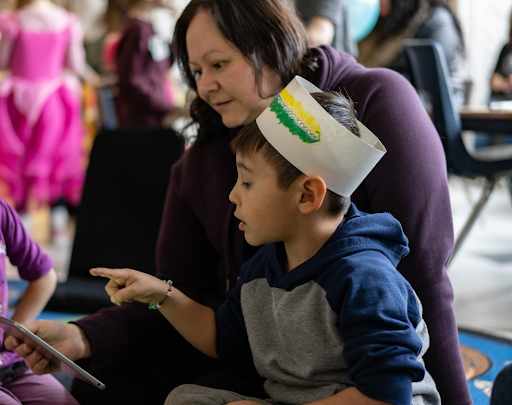
This article barely scratches the surface when it comes to the wonders of play-based learning!
Primarily, it’s important to establish the specific link between play and early literacy. When this bond is understood however, there are many play-based strategies that can be explored. Some of them are codified in the Sprig Reading App, an interactive tool for Pre-K to Grade 2 teachers to implement evidence-based reading instruction.
To systematically instruct and practice hundreds of essential early literacy skills, a healthy amount of play is required in the classroom. Many actionable tips are showcased in the teacher training modules that are contained within Sprig Reading.
The teacher has great responsibility in choosing the type of play-based activities and controlling their level of involvement to ensure that their students reap maximum benefits from guided play-based learning.
For every foundational reading skillset, there are playbooks designed by former educators and researchers that have a demonstrable impact on improving those very skillsets.
If done well, the play-based learning approach fosters the interest and curiosity of the students through exchanges that are meant to challenge the students’ thinking.
Children who co-construct their early reading experience with classmates, apply what they learn to real-world situations and make significant discoveries while they work towards learning objectives.
For early literacy, this amounts to playing with word and language concepts to sufficiently develop the right skill sets in order to start reading.

